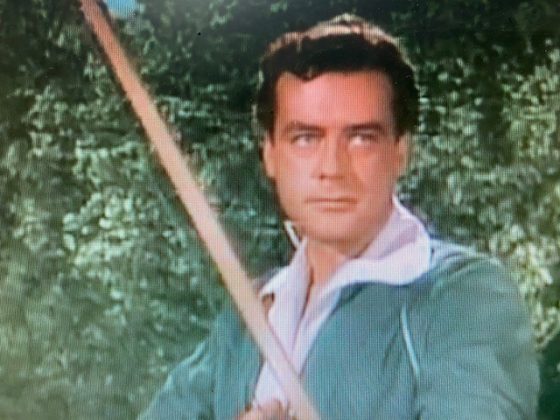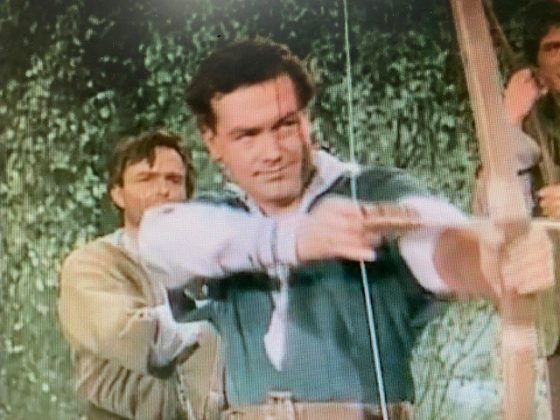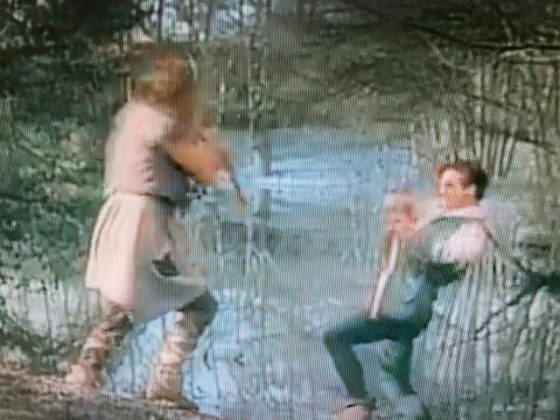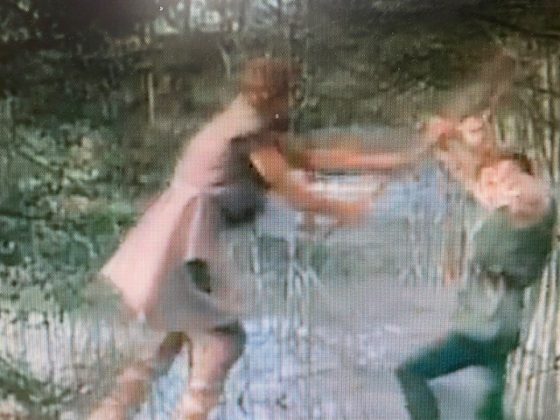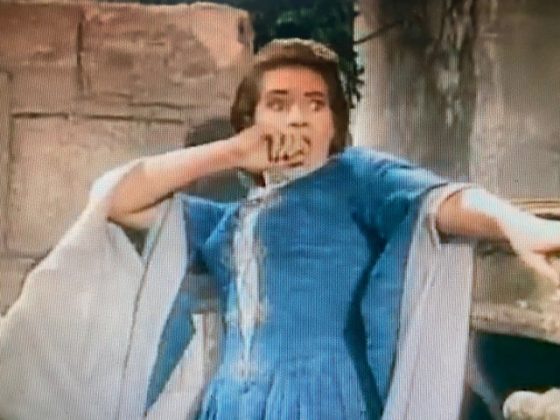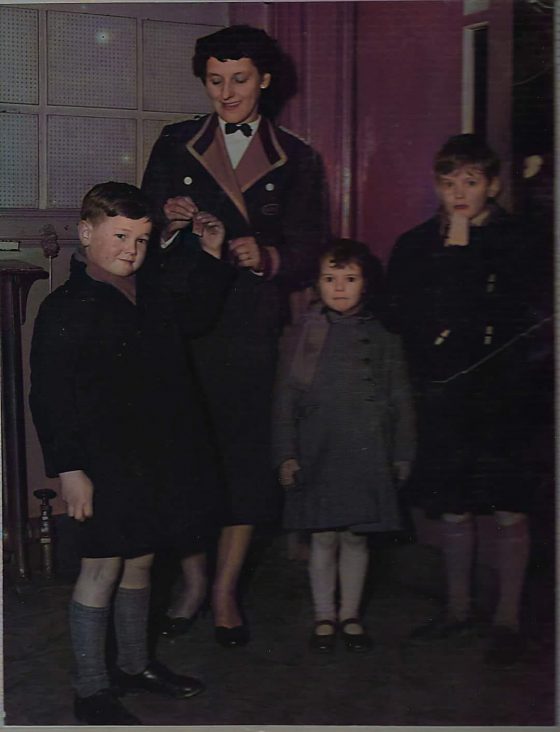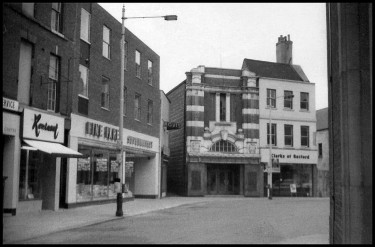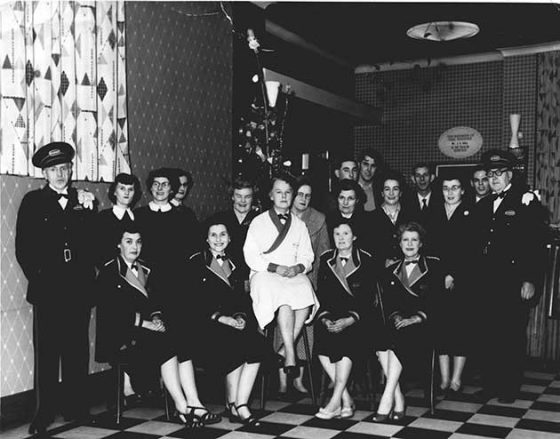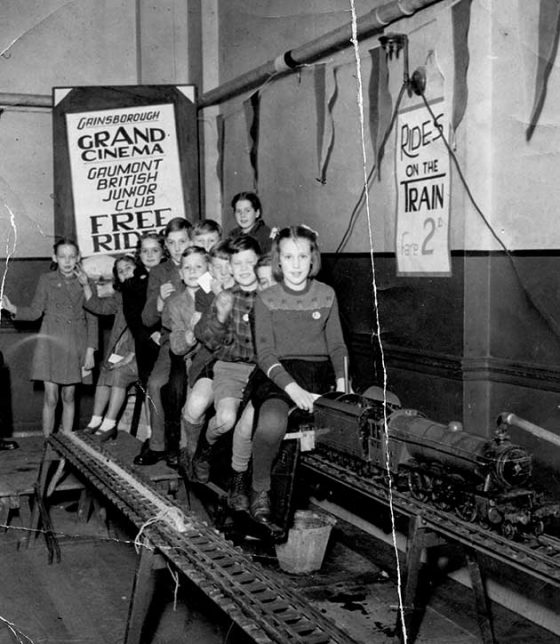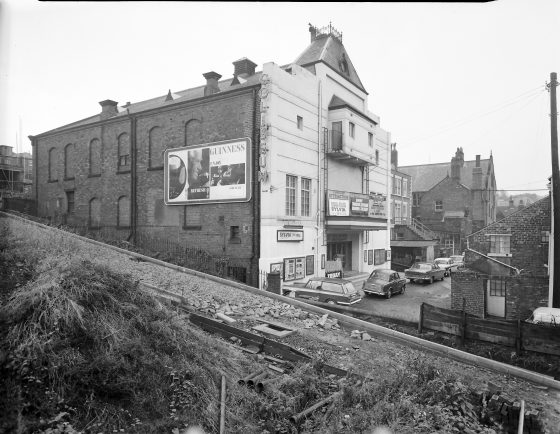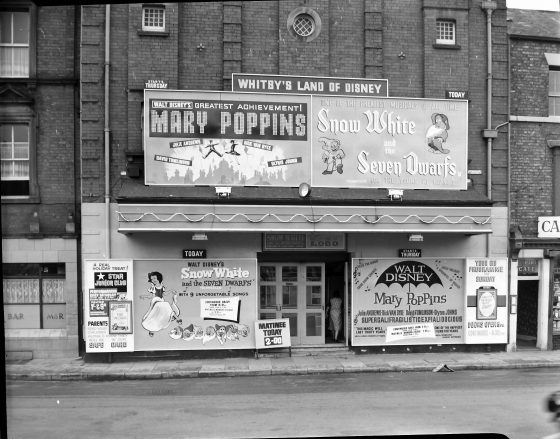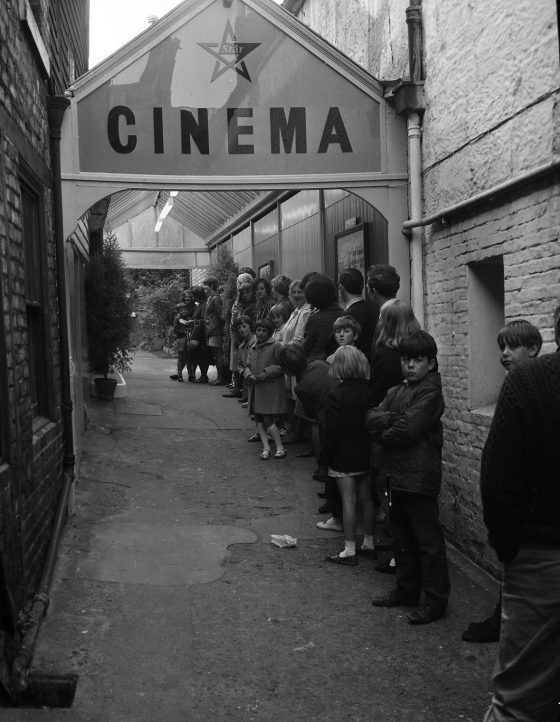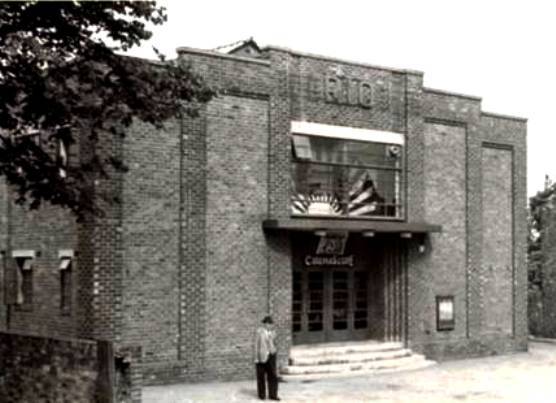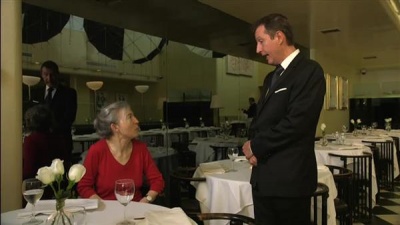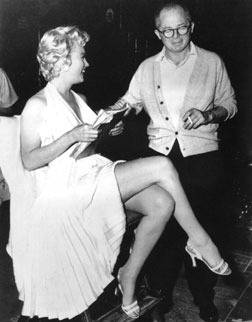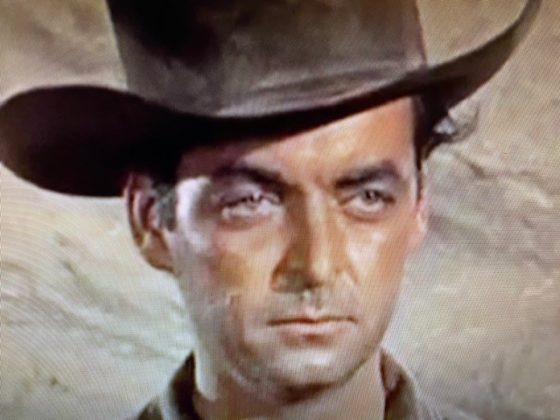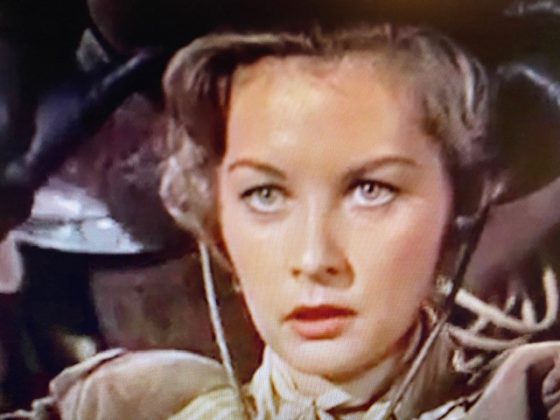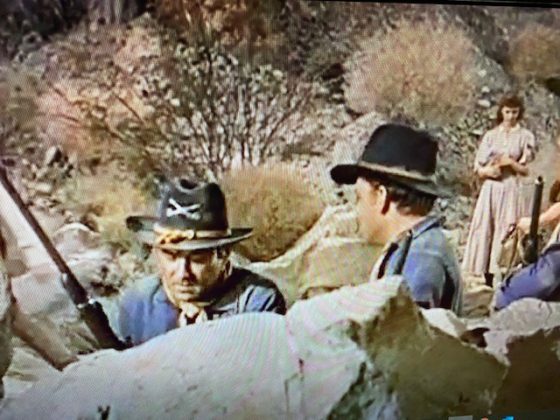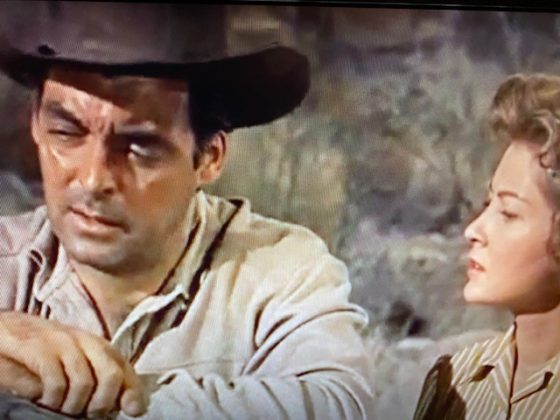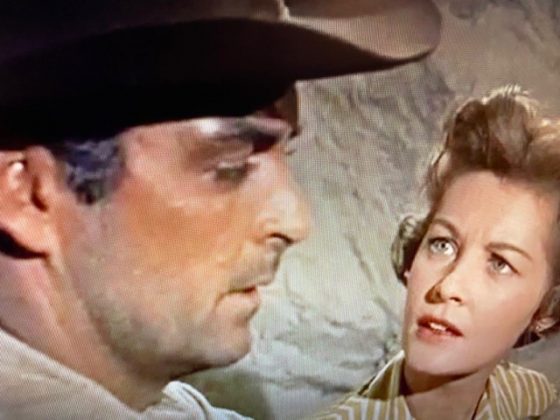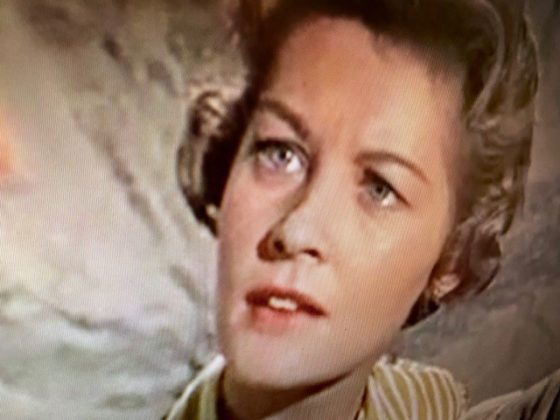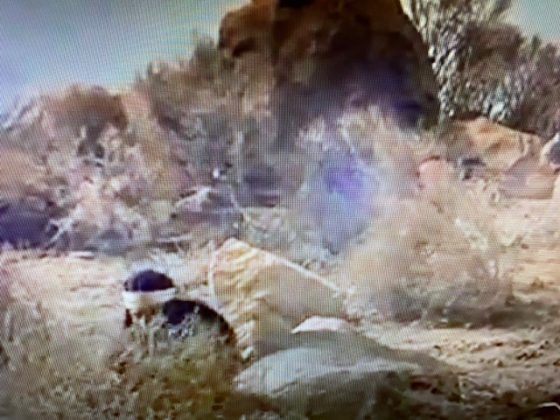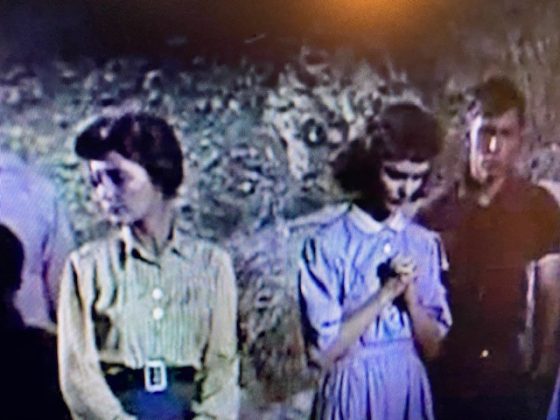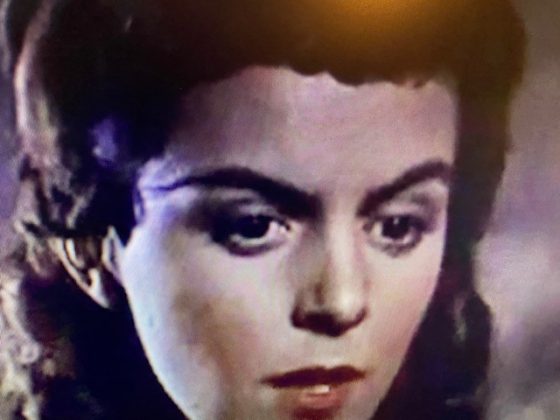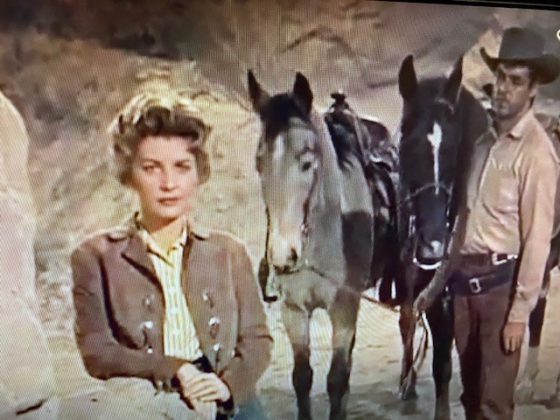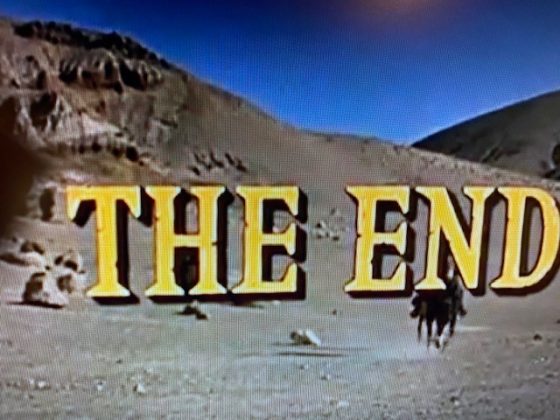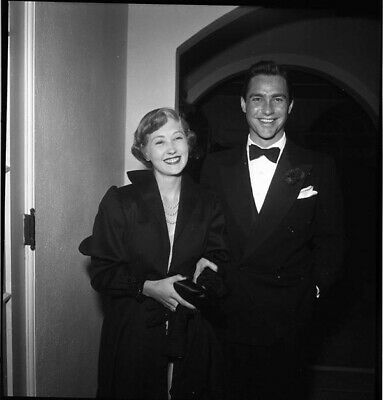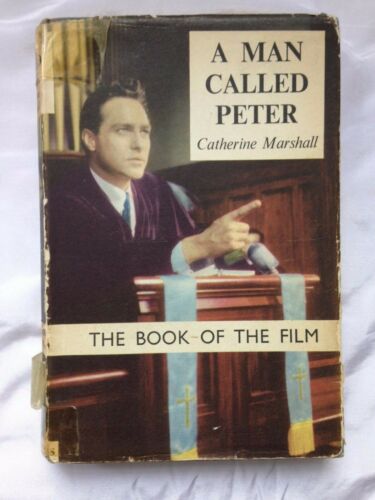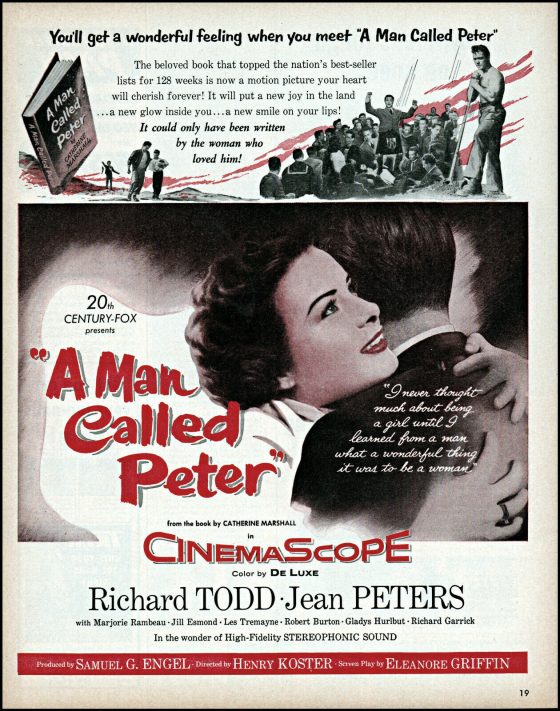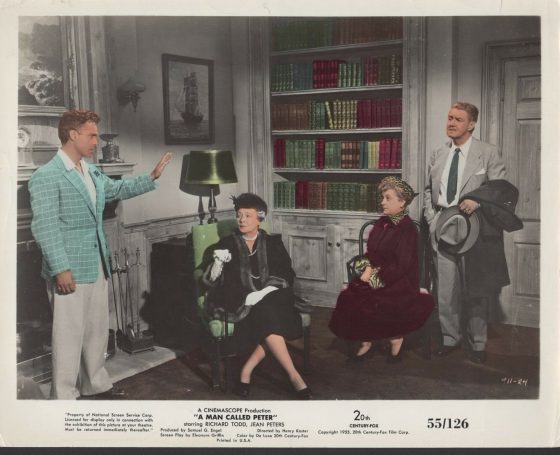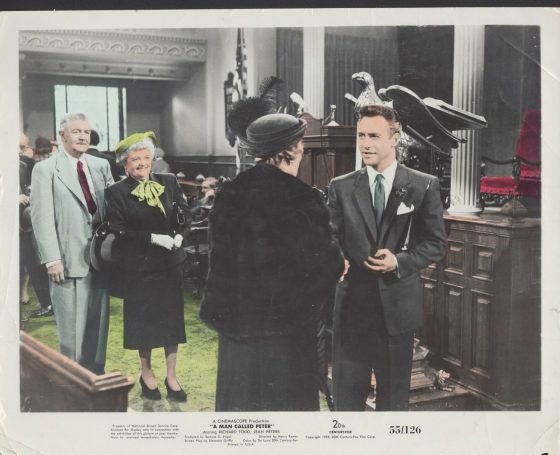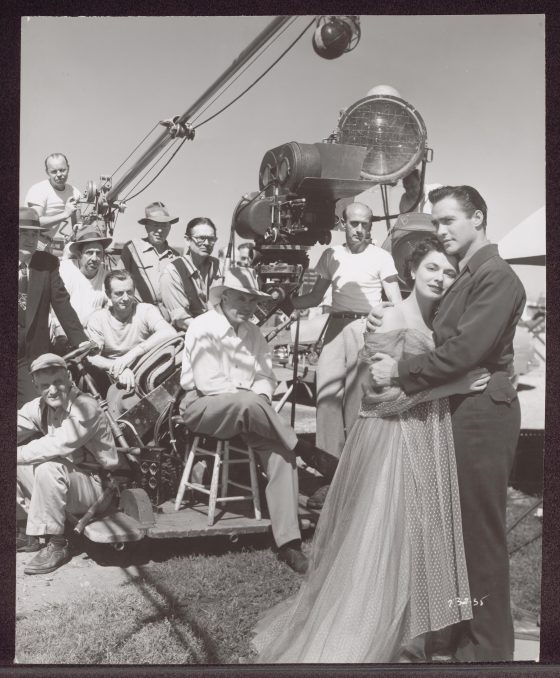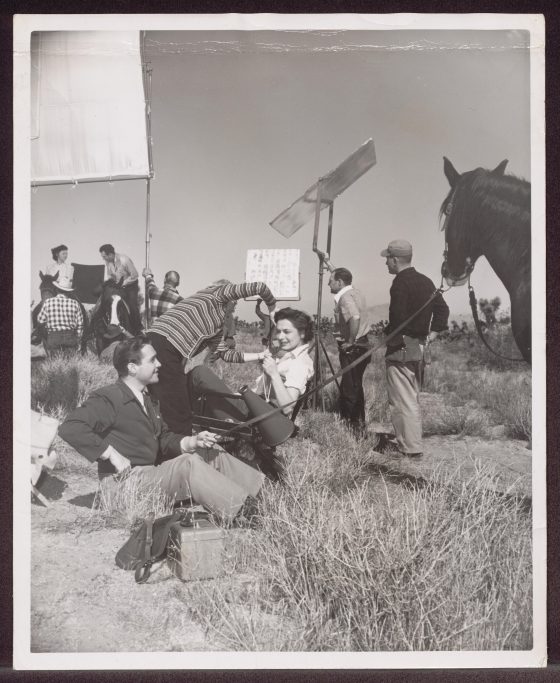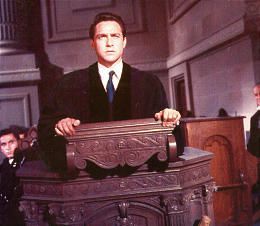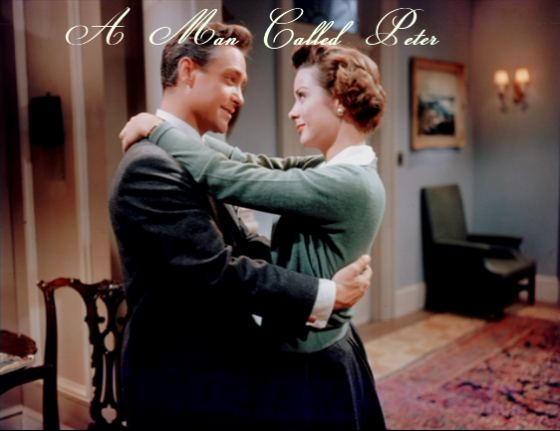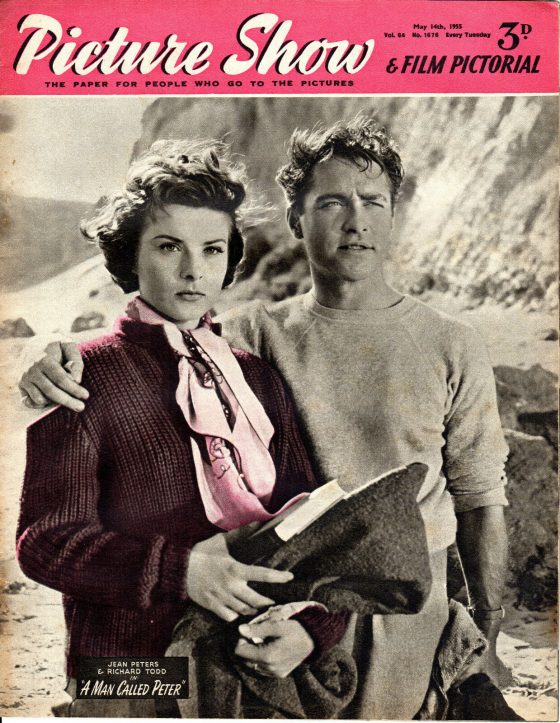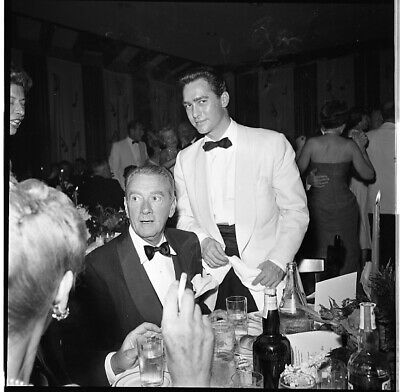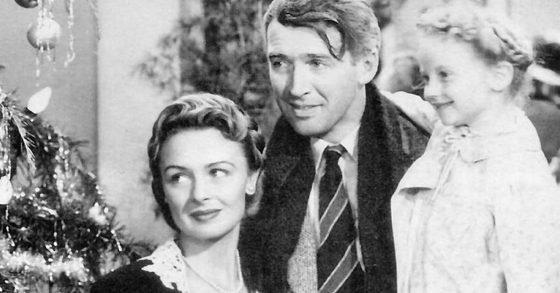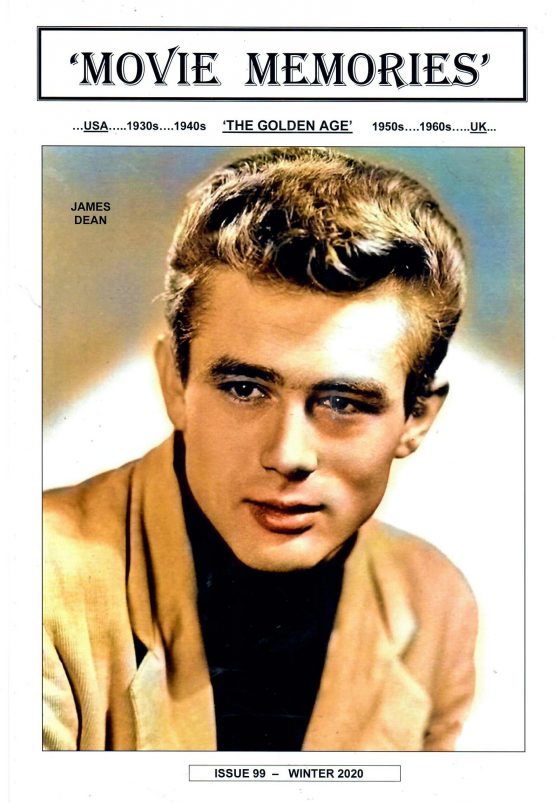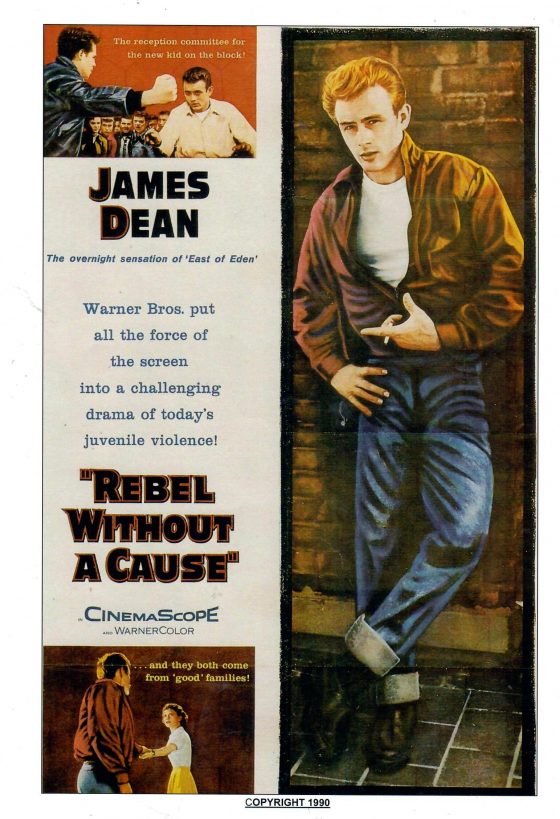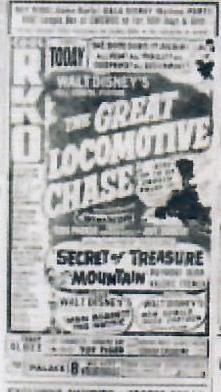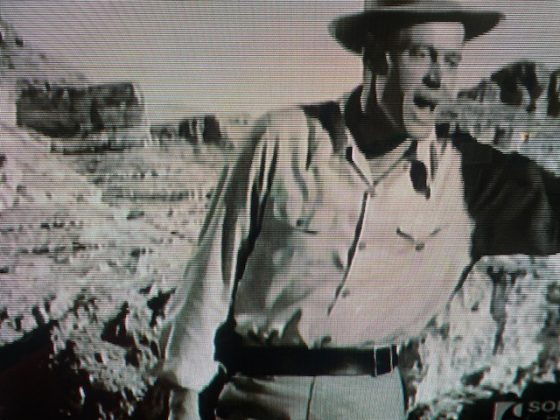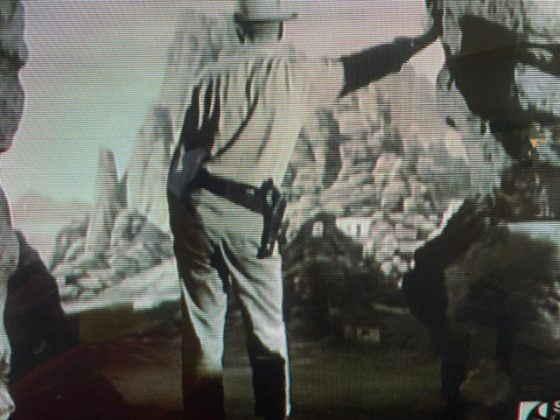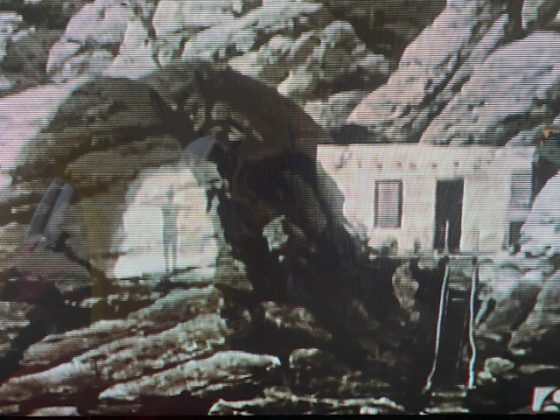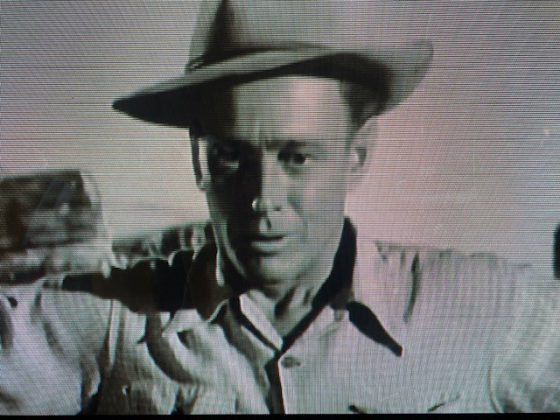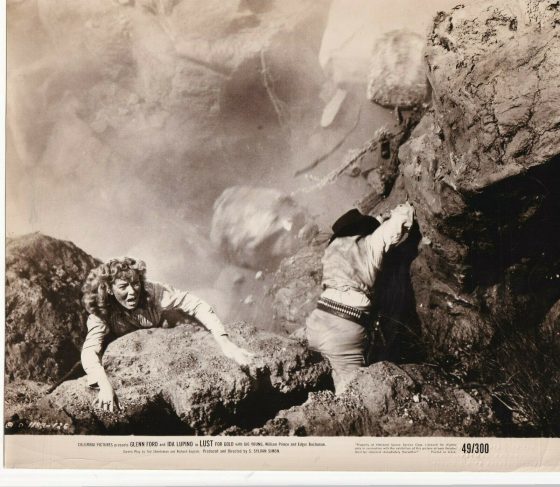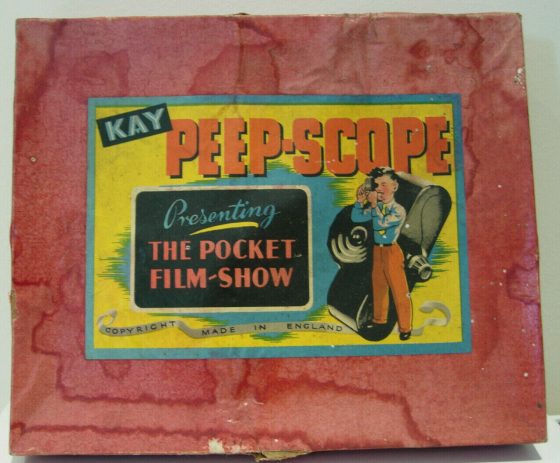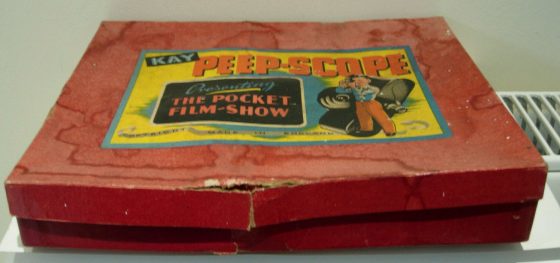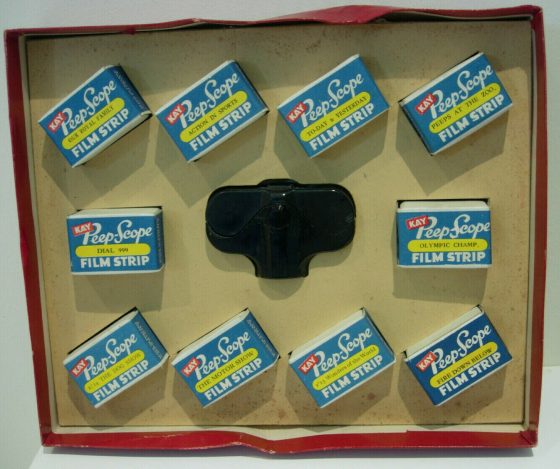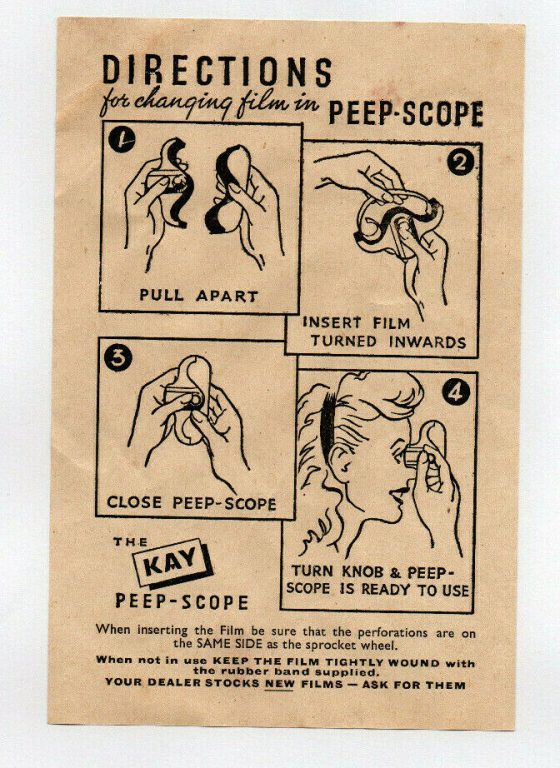I have just received this book and I thoroughly recommend it to anyone with an interest in films – particularly British Films.
The Author is Barbara Roisman Cooper who, although from the USA in fact California, is a real lover of Great Britain and our way of life.
Since she first came over, she has done the trip more than 70 times and during that time , with a keen interest in Theatre and Films – and also in Sherlock Holmes for reasons I am not clear about, she has interviewed quite a few of our ‘stars’ for this book and others that she has written.
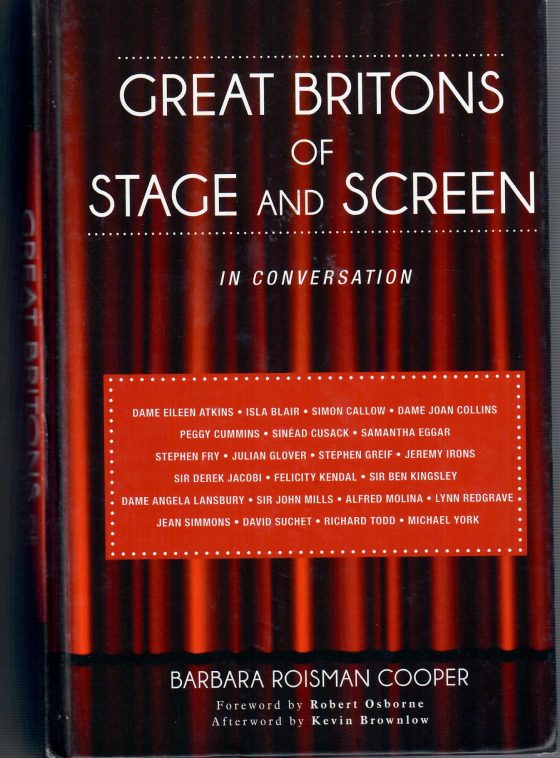
Written by Barbara Roisman Cooper
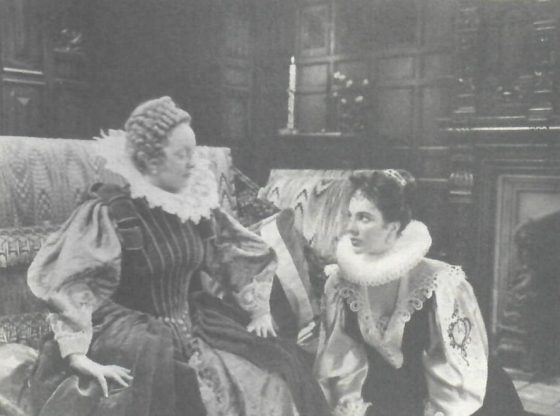
ABOVE – One of the stars interviewed is Joan Collins – and among many other things she discusses is the filming of ‘The Virgin Queen’ for 20th Century Fox in Hollywood. She does not speak that well of Bette Davies who she says was ‘horrible’ to work with
Great Interviews
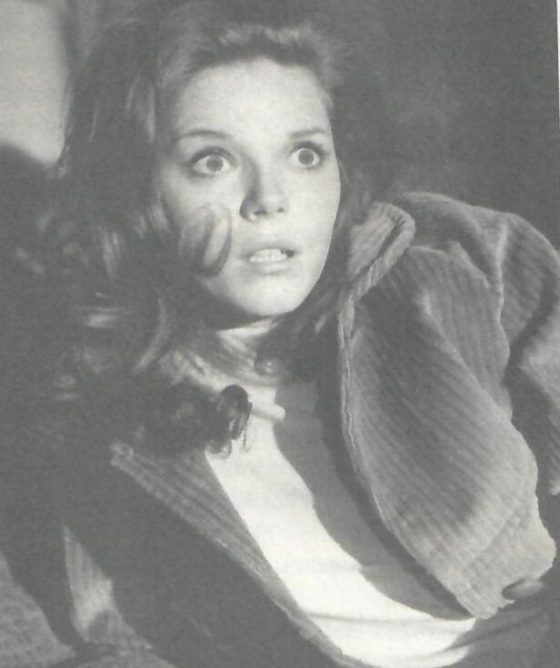
ABOVE – Samantha Eggar, I found interesting because she talks about the film ‘Dr Crippen’ where Donald Pleasance plays the title role with her as his lover. This is a film I know and like – I thought that they were both very good and Donald Pleasance fitted the part of Dr Crippen perfectly.
She describes how well they got on during filming and how much fun he was to be with.
She also mentioned Sir Donald Wolfitt who was also in this film – and as a young actress she had been in his Theatre Company for a while. She seemed to get the wrong side of him at that time although she greatly admired him as a stage actor – and for what he had done for Theatre in the country
My view is that Sir Donald Wolfit was a wonderful and powerful stage actor – and also an actor manager – probably one of the last of the breed – and as such he took Shakespeare to the masses, touring the length and breadth of England. This is as well as his mid-day productions in the heart of the West End of London during the War, when German bombs were raining down on the capital.
A few years after this book – Volume 1 – Barbara Roisman Cooper has produced the sequel – this time focussing on directors rather than actors.
The range of subjects—all leading figures in either stage or cinema—in terms of time period is similarly impressive, from directors such as Ronald Neame, who worked in silent cinema and in fact on England’s first ‘talkie’ nearly a hundred years ago, right up to directors still working today, such as Deborah Warner. It takes in two former directors of the National Theatre—Richard Eyre and Nicholas Hytner—plus some who have directed regularly in that South Bank building, such as Howard Davies and Michael Blakemore, and former heads of the Almeida and the Donmar Warehouse Michael Attenborough and Michael Grandage.
If that isn’t impressive enough as a cast list (not mentioned above are Ken Annakin, Pat Jackson, Charles Jarrott and Tony Palmer), there is a foreword by David Suchet and inserted comments from many other famous names such as Angela Lansbury, Matthew Bourne, Derek Jacobi, Alfred Molina, Alec Guinness, Glynis Johns, John Mills, Jack Klugman, Shelley Winters and other actors, script supervisors, choreographers, designers etc. The author must have quite an impressive address book
